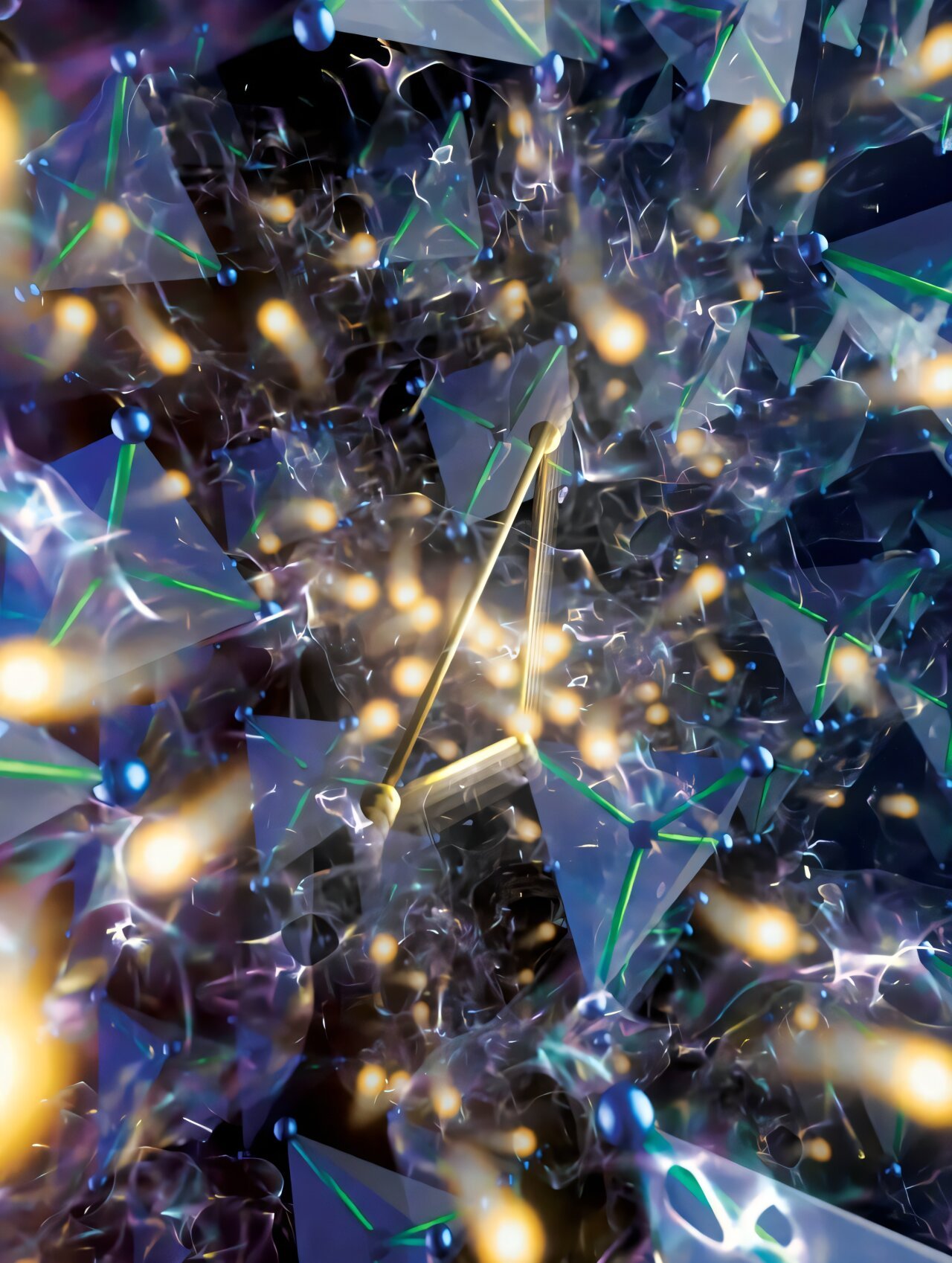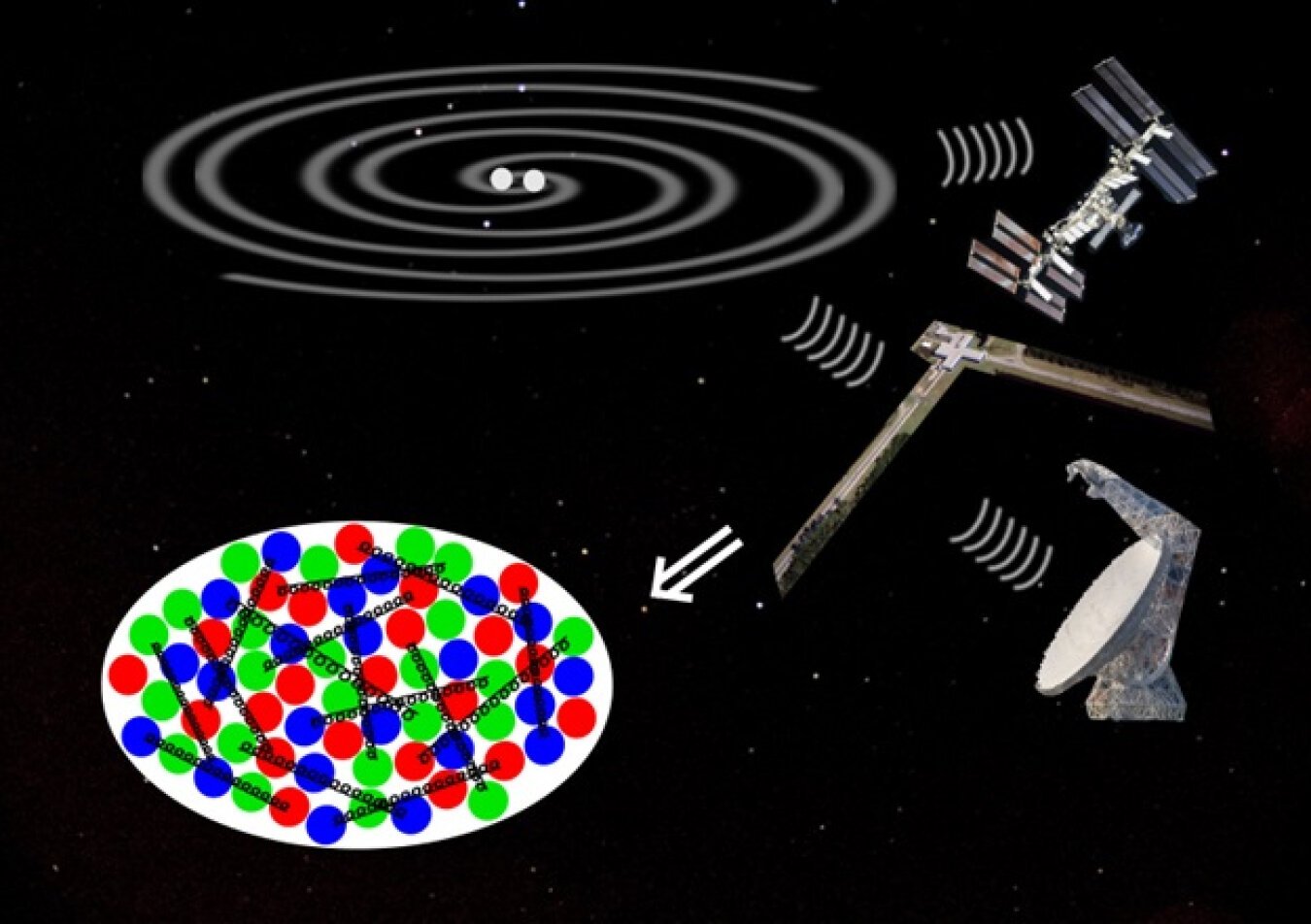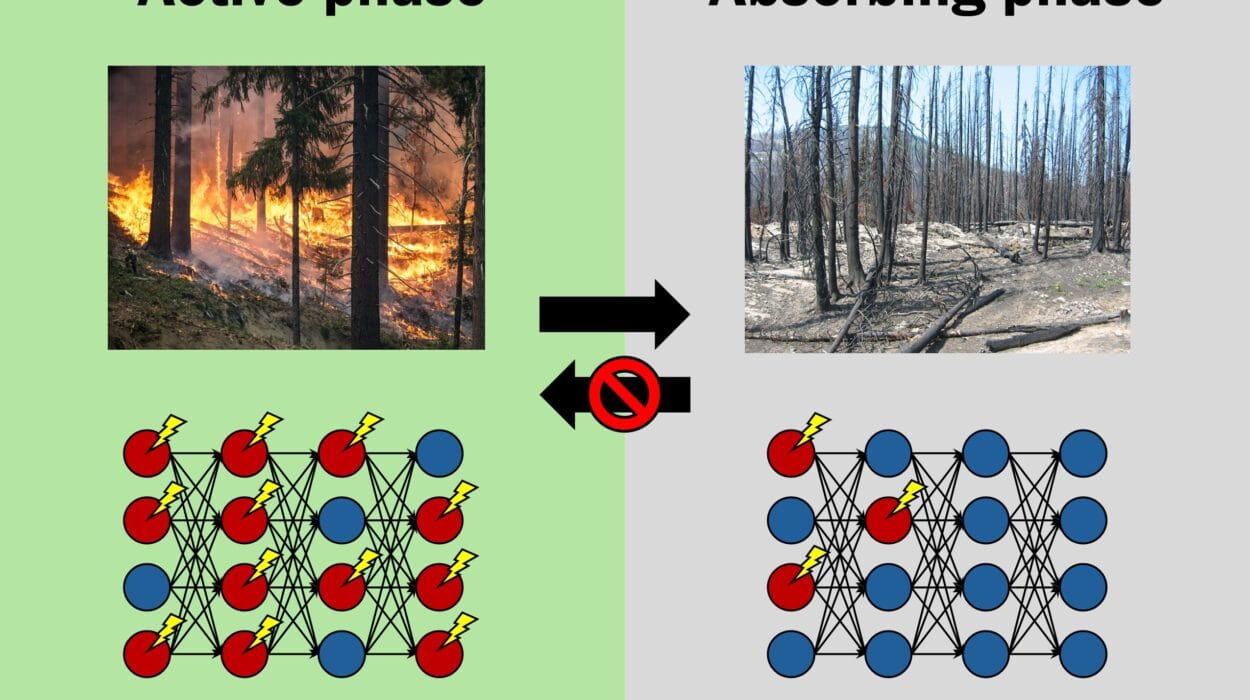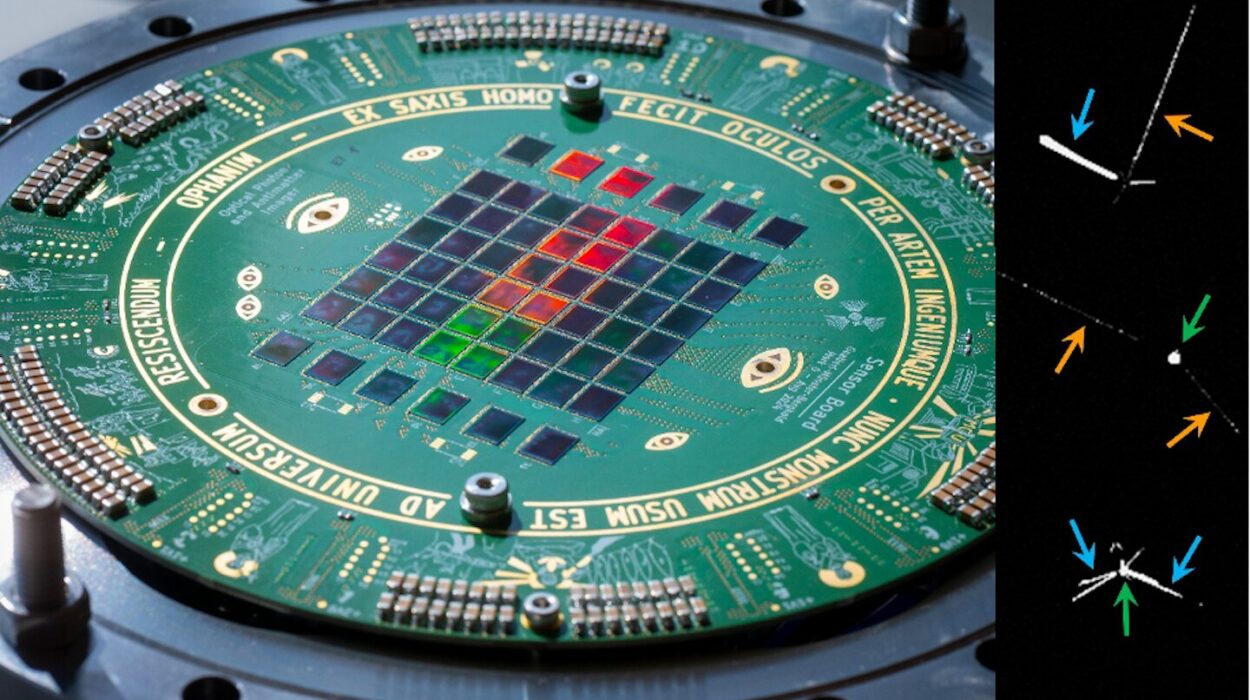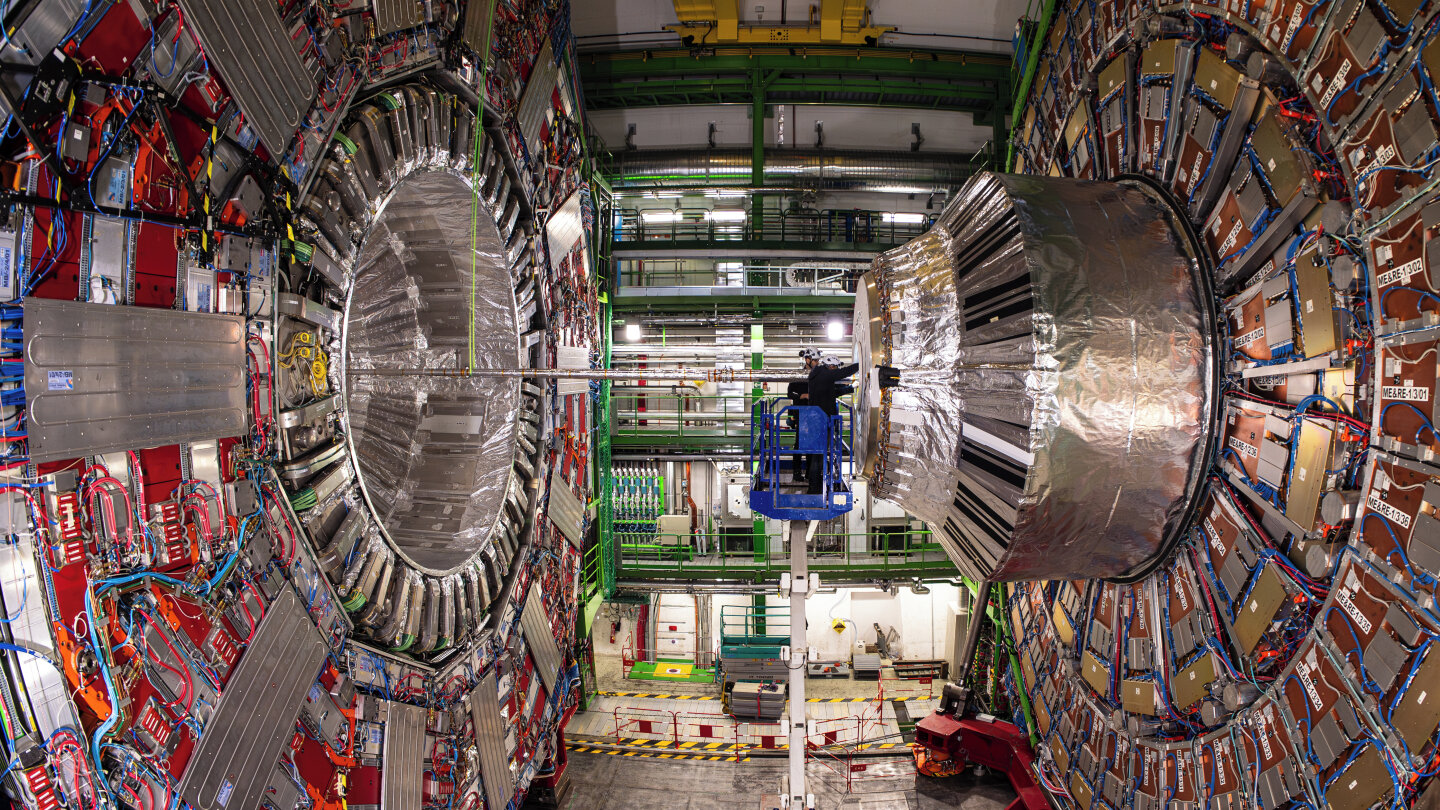Researchers at Duke University have made a groundbreaking discovery that could significantly impact the future of rechargeable batteries. In their study, they uncovered the molecular mechanisms behind a material that could be key to the next generation of batteries, especially in the realm of solid-state battery technology. This material, a lithium-based compound, possesses a remarkable feature: despite being solid at operational temperatures, it exhibits what can be described as “superionic” behavior, allowing charged ions to move through its rigid crystalline structure with ease. This discovery addresses a major question in the field—how do lithium ions manage to travel quickly through a solid material when they are typically confined to liquid electrolytes in conventional batteries?
The study, which was published on January 6 in the journal Nature Physics, provides essential answers and opens new doors for solving long-standing challenges in battery technology. By using advanced tools, such as neutron scattering and machine learning models, the researchers were able to gain insights into how this solid-state material behaves at the atomic level. These findings could pave the way for the development of safer, more efficient, and environmentally friendly batteries.
The functioning of rechargeable batteries hinges on the movement of charged particles called ions. These ions travel through an electrolyte, a chemical substance, which is crucial in determining how efficiently the battery can store and release energy. In most batteries, particularly lithium-ion batteries, the electrolyte is typically a liquid, allowing ions to travel rapidly. However, this liquid electrolyte, while efficient, has significant drawbacks. It is flammable, posing safety risks, and it is also corrosive, which limits the materials that can be used to construct the battery’s components.
Lithium-ion batteries have become the dominant technology for powering everything from small devices like smartphones and smartwatches to large-scale applications like electric vehicles and grid storage. While these batteries have been incredibly successful, there are inherent challenges that make researchers eager to find alternatives. One of the most pressing concerns is safety—liquid electrolytes can catch fire under extreme conditions. Moreover, the reliance on lithium, a relatively rare and expensive material, has driven interest in finding more cost-effective and abundant alternatives.
Solid-state batteries have emerged as a promising solution. These batteries replace the liquid electrolyte with a solid material, improving safety by eliminating the risk of fire and reducing the corrosive nature of the electrolyte. However, a significant challenge lies in designing a solid-state electrolyte that can allow ions to flow quickly and efficiently, which is essential for the performance of modern rechargeable batteries. This is where the material discovered by the Duke University team comes into play.
The material in question is a form of lithium argyrodite, a compound that exists in a solid crystalline state but behaves in ways typically associated with liquids. While the structure of the material is rigid, it permits lithium ions to move through it at remarkably high speeds. This “superionic” behavior has long been of interest to researchers, but until now, the underlying reasons for this phenomenon were unclear. The research team’s breakthrough lies in understanding how the molecular vibrations of the material allow lithium ions to travel through its solid framework as quickly as they would in a liquid state.
To investigate this further, the researchers conducted experiments at the Spallation Neutron Source at Oak Ridge National Laboratory, where they used neutron scattering techniques to observe the atomic movements within the lithium argyrodite. Neutron scattering involves bombarding the material with neutrons, which interact with the atoms inside the material. By measuring how the neutrons are scattered, the researchers were able to map out the precise motion of the atoms and the vibrations that occur at the atomic level.
The study faced significant technical challenges because lithium atoms tend to absorb neutrons, making it difficult to obtain clear data. To overcome this, the researchers collaborated with the University of Münster to obtain a rare version of lithium, known as Lithium 7, which allowed them to capture the necessary data. Once the measurements were complete, the team turned to computational tools at the National Energy Research Scientific Computing Center at Lawrence Berkeley National Laboratory to process the data and simulate the atomic dynamics of the material.
What they found was striking: the lithium argyrodite material behaves much like a liquid at the atomic level, with a greater number of molecular vibrations that facilitate ion movement. In typical solid materials, molecular vibrations are relatively limited in frequency, which makes it harder for ions to pass through. However, in lithium argyrodite, the atoms vibrate in a much broader range of frequencies, similar to the behavior of molecules in a liquid. This increased molecular activity creates pathways that allow ions to move through the solid material as if it were a liquid.
The analogy used by Delaire and his colleagues to explain this phenomenon involves a basketball game. In a typical scenario, if the players (atoms) are mostly stationary, it’s difficult for the basketball (ions) to be passed around effectively. However, when the players are active and moving, the ball can more easily find a path through the defense. In the case of lithium argyrodite, the active molecular vibrations create “gaps” in the solid material, allowing lithium ions to move swiftly through the structure, much like a liquid electrolyte would allow.
The significance of this discovery extends far beyond understanding a specific material. It provides new principles that can be applied to the design of future battery materials. For example, the insights gained from studying lithium argyrodite could help researchers design alternative solid-state electrolytes that don’t rely on lithium, which is expensive and scarce. Sodium, a much more abundant element, could potentially be used in place of lithium, reducing the cost of battery production and making the technology more widely accessible. By understanding the fundamental atomic dynamics that allow for rapid ion movement, researchers could create new materials based on these principles, expanding the possibilities for next-generation rechargeable batteries.
These findings are not only important for improving battery technology but also have broader implications for fields like electric vehicles, renewable energy storage, and consumer electronics. As the demand for more efficient, safer, and sustainable energy storage solutions continues to rise, innovations like solid-state batteries could play a crucial role in meeting these needs. By providing a better understanding of how ions can travel through solid materials, this research opens up exciting possibilities for developing batteries that charge faster, last longer, and are safer to use in a wide range of applications.
The study from Duke University is a prime example of how interdisciplinary collaboration and advanced scientific techniques can lead to breakthrough discoveries. The combination of neutron scattering, computational modeling, and machine learning has allowed researchers to unravel the mysteries of a material that could revolutionize energy storage. As the field of solid-state batteries continues to evolve, the insights provided by this research will undoubtedly serve as a foundation for future innovations in rechargeable battery technology, bringing us closer to a more sustainable and efficient energy future.
Reference: Jingxuan Ding et al, Liquid-like dynamics in a solid-state lithium electrolyte, Nature Physics (2025). DOI: 10.1038/s41567-024-02707-6
